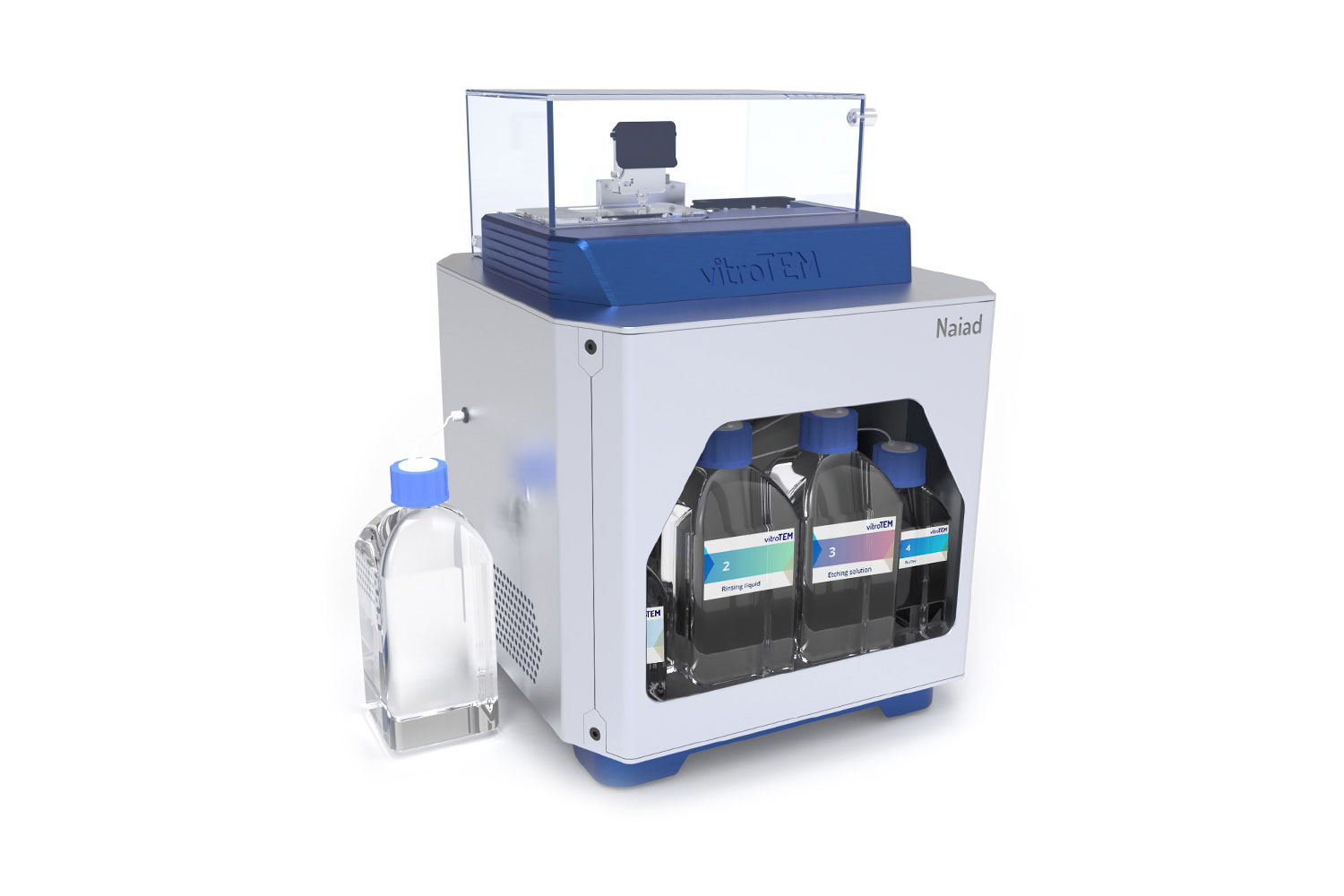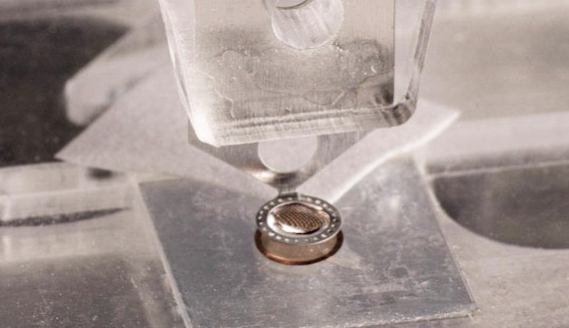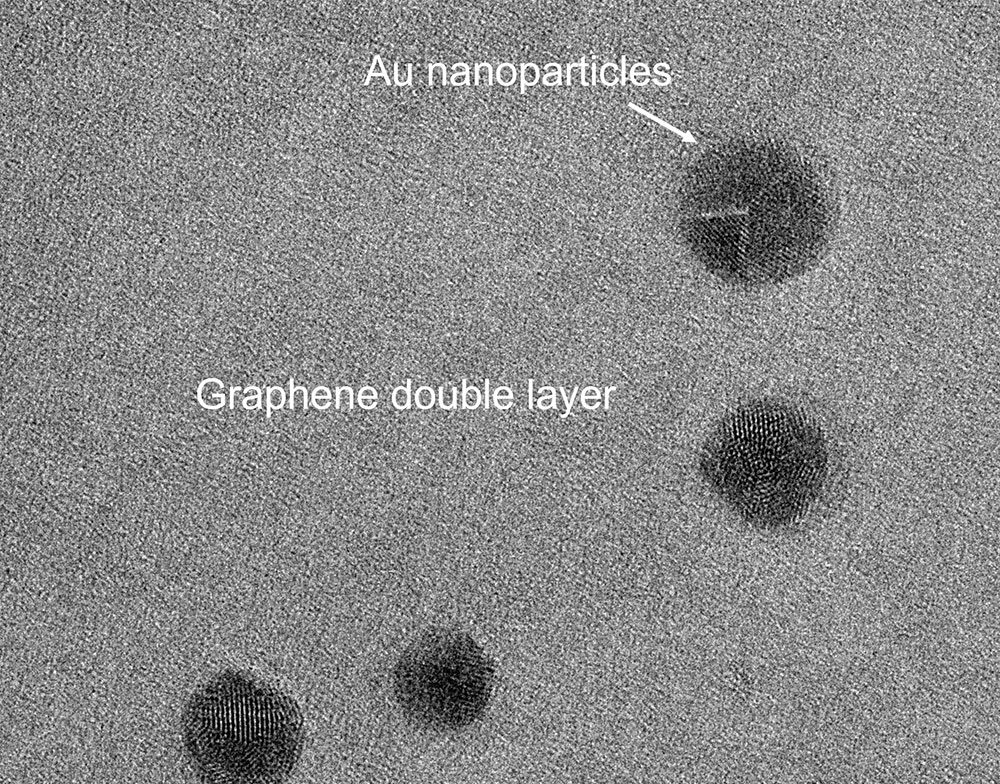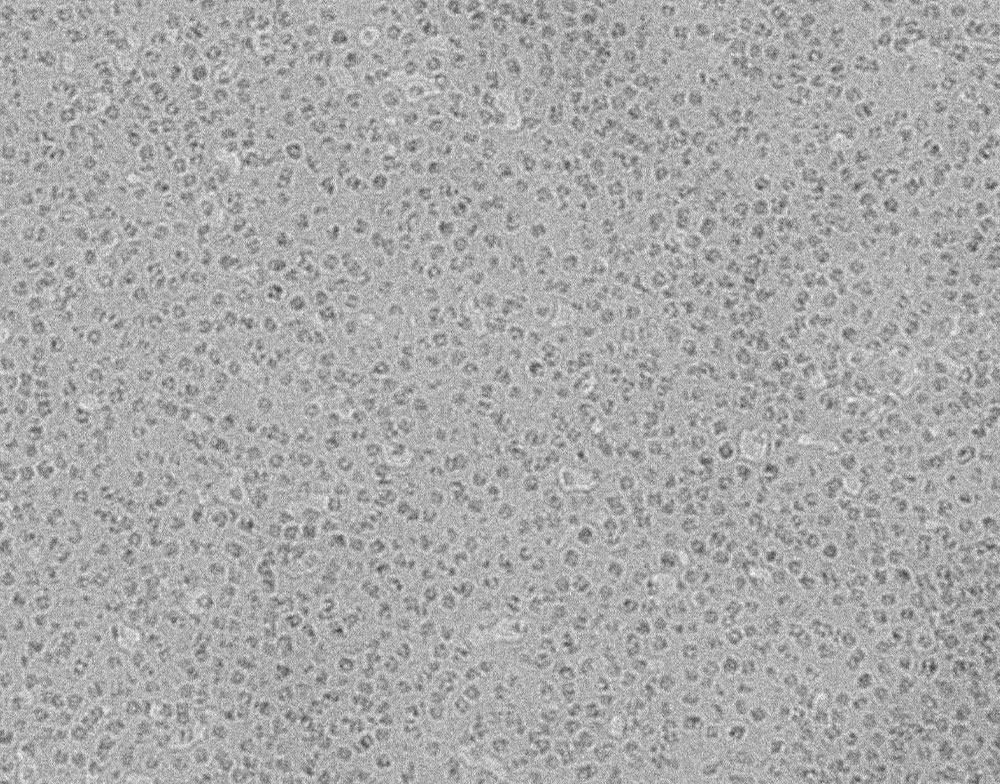Naiad-1 Knowledge base
Product Brochure

Product Overview
Graphene liquid cells (GLCs) are sub-micron sized pockets of liquid trapped between two layers of graphene, providing a vacuum-tight environment for conducting high-resolution TEM in liquid-phase or cryogenic conditions. Naiad-1 makes working with GLCs easy and attainable for any laboratory, delivering efficient and reliable sample preparation. The benchtop device automates the preparation and handling of graphene while guiding users through the assembly process.
Assemble GLCs in 3 minutes
Easy-to-use software guides the user through the assembly process
Liquid cell density 10-100 / µm2
Quickly locate areas of interest while on the microscope
High purity monolayer graphene included
Obtain unprecedented resolution under liquid-phase environments
98% success rate with no experience required
Premium graphene retains integrity and coverage throughout transfer process
Naiad-1 Features
- Fully automated
- Compatible with standard TEM grids
- Aqueous buffers or pure water
- GLC size range: 100 – 1000 nm (average diameter)
- GLC density: 10 – 100 GLCs per µm2
- Highest quality monolayer graphene
- Etch up to 5 graphene-on-copper disks per 4.5-hour etching cycle
- Assemble GLCs in 3 minutes per grid
- Graphene coverage >95%
- Premium single-layer graphene-coated TEM grids
Talk to an Instrumentation Specialist Today!
VitroTEM Naiad-1
Automated GLC Fabrication on Standard TEM Grids

GLCs are formed by sandwiching a liquid sample between top and bottom graphene layers. The bottom layer is supplied on a standard TEM grid. Any type of aqueous sample can be added by pipetting 0.5-5 µl onto the grid. The top graphene layer is transferred via automated loop-assisted transfer (LAT), a proprietary process, that delivers ultra-clean graphene without polymer traces. The entire process takes about 3 minutes.
VitroTEM Naiad-1
Naiad-1 Applications
Liquid-Phase Electron Microscopy
Best-possible resolution for LPEM
Graphene promotes charge dissipation and
protects against radiolysis

Single Particle Analysis
Avoid air-water interface
Samples can be flash-frozen
Maintain high resolution


